How cops are using phenotyping to investigate cold cases
New DNA technology is helping police identify suspects and victims of unsolved homicides and unidentified remains cases across NSW.
Police & Courts
Don't miss out on the headlines from Police & Courts. Followed categories will be added to My News.
- Alerts, personalised news feeds are key features of our app
- How missing persons’ team helped find Thea Liddle
- Inside look at the cops finding NSW’s missing persons
Detectives are a step closer to finding the killer of an innocent Sydney man on Valentine’s Day more than a decade ago thanks to a huge leap forward in DNA technology.
Bernd Lehmann, 66, was found dead in the kitchen of his Ashfield unit in February 2008. He had been murdered on the day he was due to fly to Germany to care for his elderly mother.
Despite the best efforts of police and a $100,000 reward, the disability carer’s murderer remains at large.
The unsolved homicide is one of only 10 cases in NSW that have undergone a new forensic analysis that determines a person’s physical characteristics from their DNA.
Phenotyping involves examining DNA markers to determine the colour of a person’s hair and eyes and their ancestry.
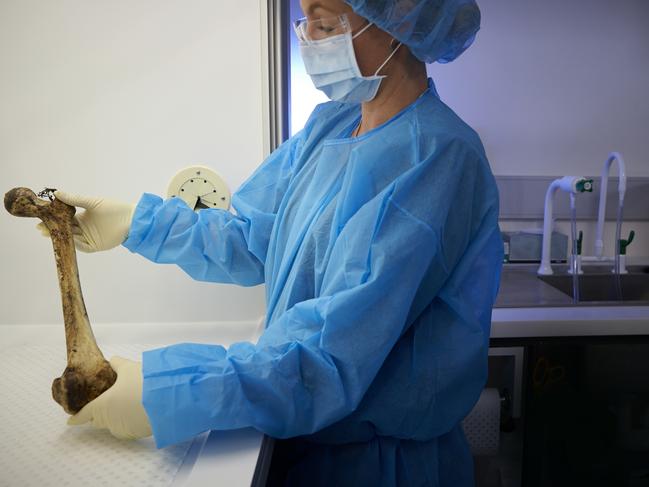
While the testing has been around for a little while, it has only been applied to forensic cases in NSW in recent years.
“It basically gives you intelligence information when you can’t get a hit on the current DNA databases, which are only as good as the number of people we have on them for direct matches,” the NSW Forensic Evidence & Technical Services Command’s Jennifer Raymond explained.
MORE FROM AVA BENNY-MORRISON:
Bag of bones found by ‘sheer luck’
Teen killer changes key evidence against murder co-accused
After crime scene officers examined the inside of Mr Lehmann’s unit in 2018, experts were able to obtain two DNA profiles – the victim’s and a potential suspect.
Two years ago, the suspect DNA samples were sent to the Genetic Ancestry Laboratory for phenotyping.
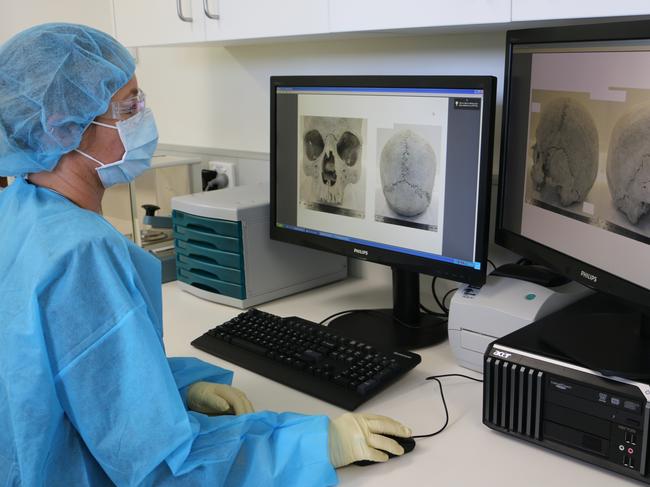
The analysis provided police with an idea of who to look for – a person who did not have blonde hair or blue eyes and likely has a mixture of European, Middle Eastern and African ancestry.
Dr Raymond said phenotyping is a niche technique used as a last resort in investigations where every other avenue to identify someone has been exhausted.
Forensic experts expect the technology to evolve to tell them more about how a person looks.
“Currently, phenotyping primarily predicts the physical characteristics of eye and hair colour,” Dr Sharon Neville from NSW’s Forensic and Analytical Science Service.
“In the future, is likely to include a wider range of features including skin colour and facial features.”

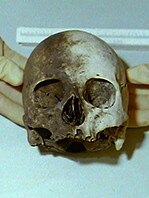
While investigators acknowledge the testing is not a silver bullet, it can help narrow the pool of suspects.
And, in the case of unidentified bones, phenotyping can help narrow the pool of victims.
In February 1997, police discovered a decapitated head on the edge of Paddys River at Marulan in the Southern Highlands.
A month later, police found more body parts in an orange bag in Salt Pan Creek in Riverwood in Sydney’s south.
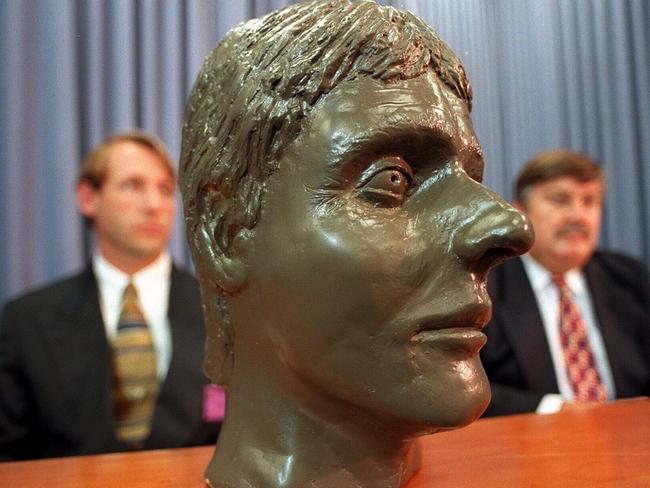
Despite being found 145km apart, forensic testing revealed the remains belonged to the same person.
Twenty-three years on, police are still trying to uncover the man’s identity.
A phenotype analysis in 2018 determined the victim most likely had dark brown or black hair and brown eyes, and had mixed ancestry from East and South Asia and the Middle East.
The descriptions allow police to narrow the search of long-term missing person records too.
Police are currently working with the families of at least 20 missing men in a bid to identify remains found in a plastic bag in the Royal National Park in 2018.
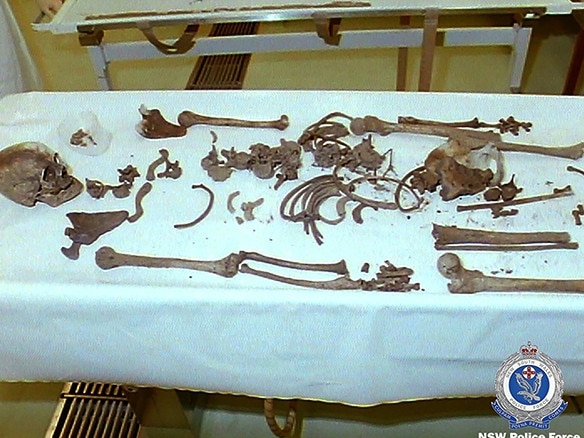
Phenotype testing informed police the victim was likely of Asian descent, with black hair and brown eyes.
That simple description meant police could reduce the list of comparable missing person cases from 565 to less than 30.
In 2001, children playing in bushland at St Helens Park near Campbelltown discovered a human skull.
A child took the skull home and showed his mum, prompting a quick call to police.
At the site, police later found an almost-complete skeleton but 19 years on have not been able to identify the victim.
Phenotype testing suggested the victim had dark brown or black hair, brown eyes and a mixed Middle Eastern and South Asian ancestry.

